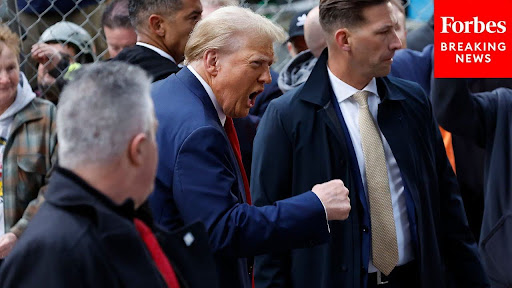In 1998, the Yankees were on top and Mark McGwire and Sammy Sosa went swing for swing in the most thrilling home run chase in recent memory. McGwire and Sosa were not just larger than life. They were larger than most of their competition, with muscles bulging from the sleeves of their uniforms.
Most players credited their accomplishments to hours spent in batting cages and weight rooms. Their fans didn’t suspect that the monster home runs could possibly come as a result of hours spent in laboratories and behind closed clubhouse doors. Little did they know.
Baseball eventually caught on to the trend of superstars ballooning to cartoon-like sizes and summoning new levels of mega-power. In 2003, Major League Baseball began a trial run of “survey” urine tests to gauge the extent of the supposedly-rampant use of performance-enhancing drugs. It promised the players involved complete anonymity, as the results would be sealed under a court order and would only be used for statistical purposes and record keeping.
Baseball, though, had no real jurisdiction on the matter. Without a concrete system of punishment in place, as well as an outdated list of illegal supplements, power rested in the hands of the players and the union that represented them. Baseball couldn’t punish players even if it wanted to. But both sides agreed that the game needed help, and MLB worked with the Players Union to try and rid clubhouses of drugs. Harsher punishments were agreed upon as well as more frequent testing, and more substances were deemed illegal for use within baseball. The United States government also became involved, eventually calling McGwire, Sosa and others to congressional hearings to talk about baseball’s drug problem. In 2003, former U.S. Senator George Mitchell (D-Maine) oversaw an investigation into performance-enhancing drugs. His findings were eventually published in a December 2007 report called The Mitchell Report.
By compiling this 2003 list of users, Baseball itself was attempting to move on through a time that had become known as the steroid era. Everyone thought the game could now revert to an honest game filled with young superstars advertising a mature, clean pastime. Since the release of the Mitchell Report six years ago, it has become clear that in order to achieve this, MLB will have to do more to heal the wounds. The only way to fully forgive and forget this dark time in baseball is to release the 2003 list of steroid users and put the matter to bed.
Over the past few years, names have continued to leak from the sealed list, stirring controversy and annually re-hashing the steroid scandal. Last January it was leaked that Alex Rodriguez, superstar third baseman for the Yankees, had tested positive in 2003.
In July, the New York Times reported from an anonymous tip that Red Sox slugger David Ortiz, Dodgers outfielder Manny Ramirez, and Sosa had also been on the survey list. The baseball world was once again rattled by scandal, and major questions arose once again about the legality of the leaks as well as whether the remainder of the list
should be made public.
Over the past decade, baseball fans have been repeatedly shocked, hurt and lured back to the game they love. It’s important that the MLB seeks to release this 2003 list, and enable the game to move on in a more positive direction with its improved drug policy and commitment to the honesty of the game. Fans need closure, not continual reminders, of a steroid era that will forever stain the records, stats, and achievements of all players involved. For the love of the game, release the list.

















